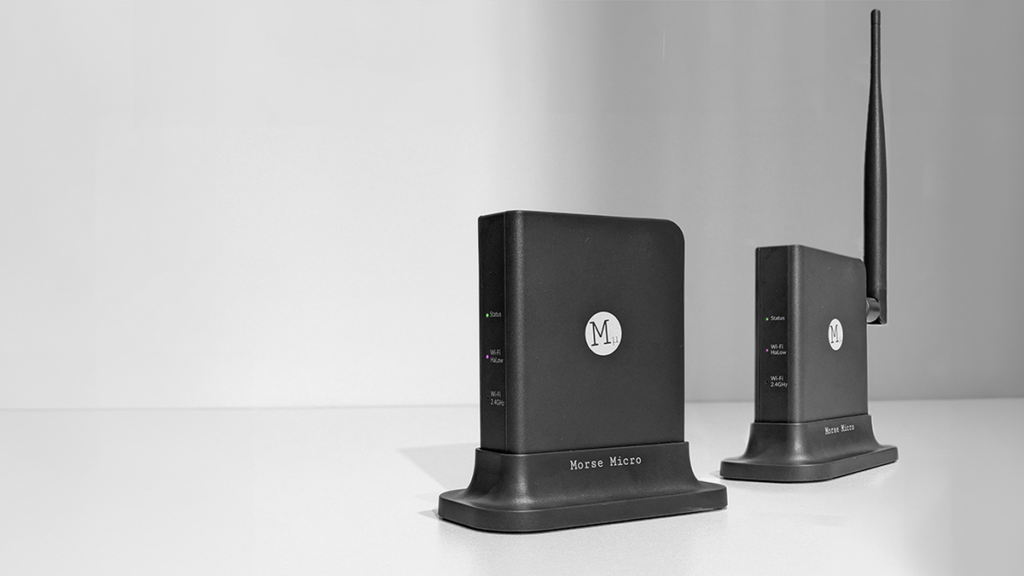- At CES 2025, Morse Micro presented a working demonstration of a HaLow router that can deliver data at up to 250 Mbps over a 10-mile radius.
- TechRadar first covered HaLow in 2016, but the technology is just maturing
- HaLow’s long range without the need for a repeater could be attractive for commercial setups
The future of Wi-Fi technology may have taken a big step forward at CES 2025 with the debut of Morse Micro’s HaLow Wi-Fi routers.
Its new prototype (via Yanko Design) boasts a 10-mile range, potentially making a home Wi-Fi network available locally.
Unlike conventional routers that may have difficulty passing through walls when operating at 2.4 GHz and 5 GHz, HaLow’s sub-GHz frequency waves pass through obstacles and offer reliable connectivity over distance.
The roots of HaLow: from concept to reality
Designed to operate in the 900MHz band, HaLow was created for long-range, low-power connectivity. Possible use cases include industrial setups, as well as connecting to Internet of Things (IoT) devices and smart homes from afar.
TechRadar reported in 2016 that HaLow’s initial speeds ranged from 150 KBps to 18 Mbps; decidedly unimpressive in retrospect, but nine years later, advances presented at CES 2025 have demonstrated speeds of up to 250 Mbps, a significant improvement that expands its potential applications.
In February 2024, Morse Micro demonstrated the potential of HaLow Wi-Fi by setting a record for long-range connectivity using the 802.11ah standard. The company achieved a 3 kilometer (1.8 mile) video call at that time.
More impressively, in a test in Joshua Tree National Park in September 2024, a rural area with vast open spaces and minimal RF interference, the Morse Micro achieved a range of 16 kilometers (10 miles).
While HaLow’s 250Mbps speed is not as fast as 5GHz Wi-Fi, it is more than enough for everyday tasks like browsing, email, and IoT communications.
Morse Micro says it envisions a future where HaLow routers will coexist with current Wi-Fi bands, creating tri-band systems that combine 2.4 GHz, 5 GHz, and sub-GHz frequencies.
Currently, common devices such as smartphones and laptops are not yet equipped to support this technology; However, Morse Micro is working with engineers to integrate HaLow chipsets into future devices.
However, HaLow’s long-distance coverage has notable commercial and industrial potential for environments such as warehouses, where robots and IoT devices could communicate without hubs or repeaters.




